Chiropractic Care for Chronic Pain: A Holistic and Effective Approach
Chronic pain is a prevalent condition that affects millions of people worldwide. It can significantly impact an individual's quality of life, limiting mobility, productivity, and overall well-being. While traditional approaches to pain management often rely on medications or invasive procedures, chiropractic care offers a non-invasive, drug-free alternative that focuses on addressing the underlying causes of chronic pain. In this article, we will explore the benefits of chiropractic care in the context of chronic pain management, examining its effectiveness, techniques used, and its holistic approach to long-term relief.
Understanding Chronic Pain:
Chronic pain is characterized by persistent discomfort that lasts for several months or longer, even after the initial injury or underlying condition has healed. It can stem from various sources, such as musculoskeletal conditions, nerve damage, inflammation, or ongoing medical conditions. Common types of chronic pain include back pain, neck pain, headaches, arthritis, fibromyalgia, and neuropathic pain.
Holistic Approach to Pain Management: Chiropractic care takes a holistic approach to pain management by considering the interconnectedness of the body's systems. Chiropractors recognize that pain is often the result of underlying structural imbalances, misalignments, or nerve irritations. Rather than solely focusing on symptom relief, chiropractors aim to identify and address the root causes of the pain, facilitating long-term relief and improved overall health.
Spinal Adjustments: One of the primary techniques used in chiropractic care is spinal adjustments or manipulations. Chiropractors use manual techniques to improve spinal movement and function, reduce nerve irritations, and restore proper joint function. Lack of movement and poor function of the musculoskeletal system can contribute to chronic pain by causing nerve compression and inflammation. By correcting and improving the function and movement of the muscles and spine, chiropractic adjustments alleviate pressure on the nerves and promote optimal nervous system function.
Soft Tissue Therapy: In addition to spinal adjustments, chiropractors often incorporate soft tissue therapy techniques to address muscle imbalances, tension, and trigger points that contribute to chronic pain. Techniques such as myofascial release, massage therapy, and stretching can help reduce muscle tightness, improve blood circulation, and enhance flexibility, leading to pain relief and improved mobility.
Rehabilitation Exercises:
Chiropractors here at Move RX believe movement is medicine. We always prescribe specific rehabilitation exercises tailored to the individual's needs and condition. These exercises aim to strengthen the supportive muscles, improve flexibility, and enhance posture. By addressing muscular imbalances and promoting proper movement patterns, rehabilitation exercises help alleviate chronic pain, prevent future injuries, and improve overall physical function.
Lifestyle Modifications:
Chiropractors emphasize the importance of lifestyle modifications in managing chronic pain. They guide ergonomics, proper body mechanics, posture correction, and stress management techniques. Additionally, chiropractors may offer nutritional advice to promote an anti-inflammatory diet, which can help reduce pain and inflammation in the body.
Collaborative Approach:
Chiropractors often take a collaborative approach to pain management, working alongside other healthcare professionals to ensure comprehensive care. They may collaborate with primary care physicians, physical therapists, and specialists to develop an integrative treatment plan that addresses all aspects of the individual's condition. This collaborative approach enhances the effectiveness of treatment and provides a well-rounded approach to chronic pain management.
Non-Invasive and Drug-Free Approach:
One of the significant advantages of chiropractic care for chronic pain is its non-invasive and drug-free nature. Unlike surgical interventions or reliance on medications, chiropractic care focuses on the body's natural ability to heal itself. Chiropractors use hands-on techniques and natural modalities to reduce pain, improve mobility, and enhance overall well-being. This approach minimizes the risk of side effects often associated with medications or invasive procedures, making chiropractic care a safe and viable option for long-term pain management.
Addressing Underlying Causes:
Chiropractors go beyond symptom management and aim to identify and address the underlying causes of chronic pain. By examining the spine, nervous system, and musculoskeletal structure, chiropractors can identify areas of dysfunction, imbalances, or nerve irritations that may contribute to pain. Treating these underlying issues not only provides relief but also supports the body's healing process and helps prevent future pain episodes.
Chiropractic care offers a holistic and effective approach to managing chronic pain. Through spinal adjustments, soft tissue therapy, rehabilitation exercises, and lifestyle modifications, chiropractors address the root causes of pain and facilitate long-term relief.
The non-invasive and drug-free nature of chiropractic care makes it a safe and viable option for individuals seeking alternatives to traditional pain management approaches
By taking a comprehensive and collaborative approach, chiropractic care empowers individuals to take an active role in their pain management, promoting overall well-being and improved quality of life. If you are struggling with chronic pain, consider consulting a chiropractor to explore the potential benefits of chiropractic care for your specific condition.
Looking For More Information About Chiropractic Topics?
Learn more about our clinic based in Kelowna, BC here.
View our main Chiropractor page here.
How a Chiropractor Sleeps: The Secret to Sleeping Properly (Learn how to get the best sleep for your body.)



